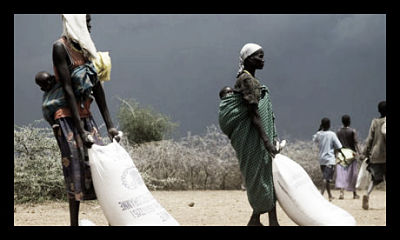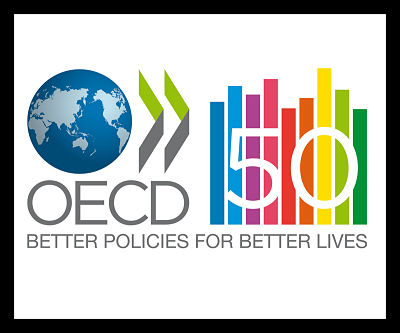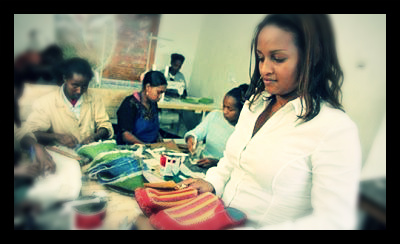
Here are 10 surprising facts about Africa that significantly influence aid and development within the continent. These facts about Africa are important to keep in mind when considering Africa within the larger international context. Moreover, these facts can illuminate both the challenges and prospects towards African development.
1. Africa is the second largest continent, both in size and population.
Making up 22% of the world’s total landmass and with 1.1 billion people, Africa is the second most populated continent on the planet. Moreover, Africa’s population is expected to double by 2050. Africa will become the fastest growing continent in the world, population-wise. However, this rapid population growth may not be such a bad thing. In Europe, there are 170 people living per square km; whereas in Africa, there are only 70. Hence, Africa has room to expand and accommodate the upcoming population growth. But in order to accommodate responsibly, much must be done to improve Africa’s infrastructure. Additionally, Africa’s population growth is not coming from an increase in birth rates, but from longer life expectancy. Furthermore, population growth and urbanization are correlated, just as urbanization and economic growth are. From 1990-2009, Africa’s urban population increased by 114%. During the same period, the world’s urban population increased by only 51%. Sustained population growth will drive urbanization, which will in turn inspire innovation and economic development.
2. Other than Ethiopia and Liberia, all African countries were once colonized by non-African countries.
Africa was divided up in 1884-1885 at the Berlin Conference, which was attended by the UK, France, Belgium, Spain, Italy, Portugal and Germany. National borders were determined without knowledge or concern for local boundaries. The main concern of the colonizers was to assume control over populations and gain access to their natural resources, which they would later extract for their own profit. When the nations of Africa became independent from the colonial leaders, many nations were fraught with intense ethnic conflicts as tribes fought for power. This struggle for power oftentimes led to racial or ethnic oppression. Post-colonial powers often used the oppressed for hard labor and seldom educated these subjugated populations. Moreover, these practices contributed to generations of lost human capital.
3. 61% of all Africans live in rural areas
Poverty occurs in both rural and urban areas, but poverty takes on a different characteristic in rural areas. In developing nations, which most of the nations in Africa are, rural populations partake in subsistence farming, only producing enough to feed their immediate family. Without a steady source of income, families cannot contribute to the larger community’s infrastructure development and the community as a whole suffers. This makes access to education, health and other public services difficult if not impossible.
4. There are an estimated 1,500 languages spoken in Africa and over 3000 distinct ethnic groups (tribes)
Of the 1,500 languages spoken in Africa, hundreds of them are at risk of becoming extinct. As urbanization and globalization increasingly become a reality in Africa, many of the distinct ethnic groups are likely to lose their cultural identity and traditions. If globalization were to encourage the preservation of African cultural identity, these cultures could be preserved in museums and archives. However, passing these traditions down by generation and truly preserving them as living entities may not be possible without considerable efforts by the tribes themselves.
5. There are fewer people with internet access in Africa than New York City alone.
The United Nations recently stated that internet access should be an international human right. Without access to the internet, a majority of the world’s citizens cannot learn, share, or spread ideas. The internet plays a key role in how we interact with one another; our impact is magnified by the modern PA system, which is the Internet. Moreover, most of Africa is without internet access. To provide such services would be to create a market where one has never existed. As Africa develops and technology services become more wide-spread, we can expect to empower a generation.
6. The average life expectancy in Africa is 52.5 years, compared to 69.2 in the rest of the world.
The average life expectancy in Africa varies from country to country. Some nations, like Sierra Leone, have a low life expectancy of 47. Whereas other African nations, like Seychelles, have a long lifespan of 74. Although the average African lifespan is below the average world life expectancy, there is hope. The life expectancy in Africa increased by 5% between 2000-2009, compared to merely 3% in the rest of the world.
7. The prevalence of HIV for people 15-49 in Sub-Saharan Africa is 7 times that of the world prevalence.
HIV/AIDs is the most common cause of death in the Sub-Saharan region. Possible reasons for why HIV/AIDs is so much more common include: high rates of poverty, rapid urbanization, genetics, or gender inequality.
8. 90% of all malaria cases occur in Africa. 3,000 children die each day in Africa from malaria.
People who have limited immunity to malaria, such as young children, women, and travelers from out of the area are more susceptible the disease. In addition, lack of access to health care in rural areas makes treatment for malaria more difficult.
9. Merely 42% of the urban population has access to improved sanitation, while only 24% of the rural population does.
In developed countries, like the US and the UK, 100% of the population has access to improved sanitation. In order to provide better access to proper waste disposal systems and clean water, a hefty investment is required by the governments of African nations, or else by the private sector, in the continent’s sanitation infrastructure. Low access to proper sanitation can be a health risk to exposed communities, which can lower one’s expected lifespan.
10. In 21% of Sub-Saharan African Countries, one or two products accounts for at least 75% of total exports.
In most developed nations, a huge strategy towards economic proficiency is to diversify exports. With few exports at their disposal, Sub-Saharan African nations set themselves up for poor economic growth and a potentially stagnant private sector. Diversity in exports can reduce income volatility for countries with large populations in poverty and reduces vulnerability to sharp declines in trade. Diversification increases the potential for generating spillovers. Traditionally, as a country’s average income rises, their exports become more diversified. But to increase average national income, many of these countries require investment in the private sector. Investment in Sub-Saharan African nations, be it through enhanced public education or career services or through corporate foreign direct investment, can raise national average income.
– Kelsey Ziomek
Sources: Facts, About, Traveling Myself, World Bank, World Bank, World Bank, Brookings
Photo: The Guardian










